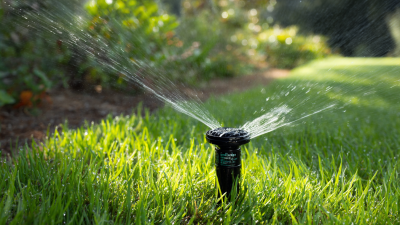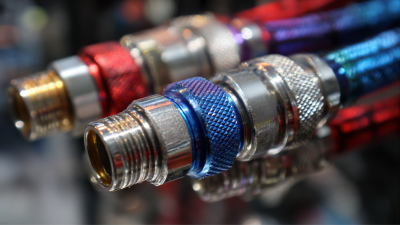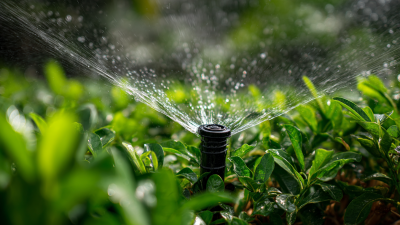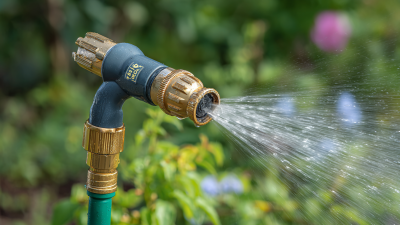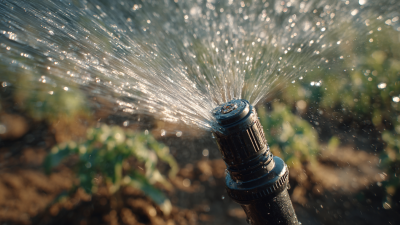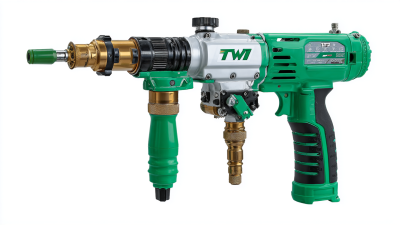In recent years, the importance of efficient watering systems in garden maintenance has become increasingly clear, particularly with the rise of urban gardening. According to the 2022 National Home Gardening Survey, over 35% of American households engaged in some form of gardening, highlighting a growing demand for effective irrigation solutions. A well-chosen Courtyard Sprinkler can not only enhance the aesthetics of your garden oasis but also contribute significantly to water conservation efforts, with studies showing that efficient sprinkler systems can reduce water usage by up to 30%. As climate change and erratic weather patterns continue to impact water availability, selecting the right sprinkler system becomes more critical than ever. This guide aims to help homeowners navigate the myriad options available to create a thriving, sustainable outdoor space tailored to their specific needs.
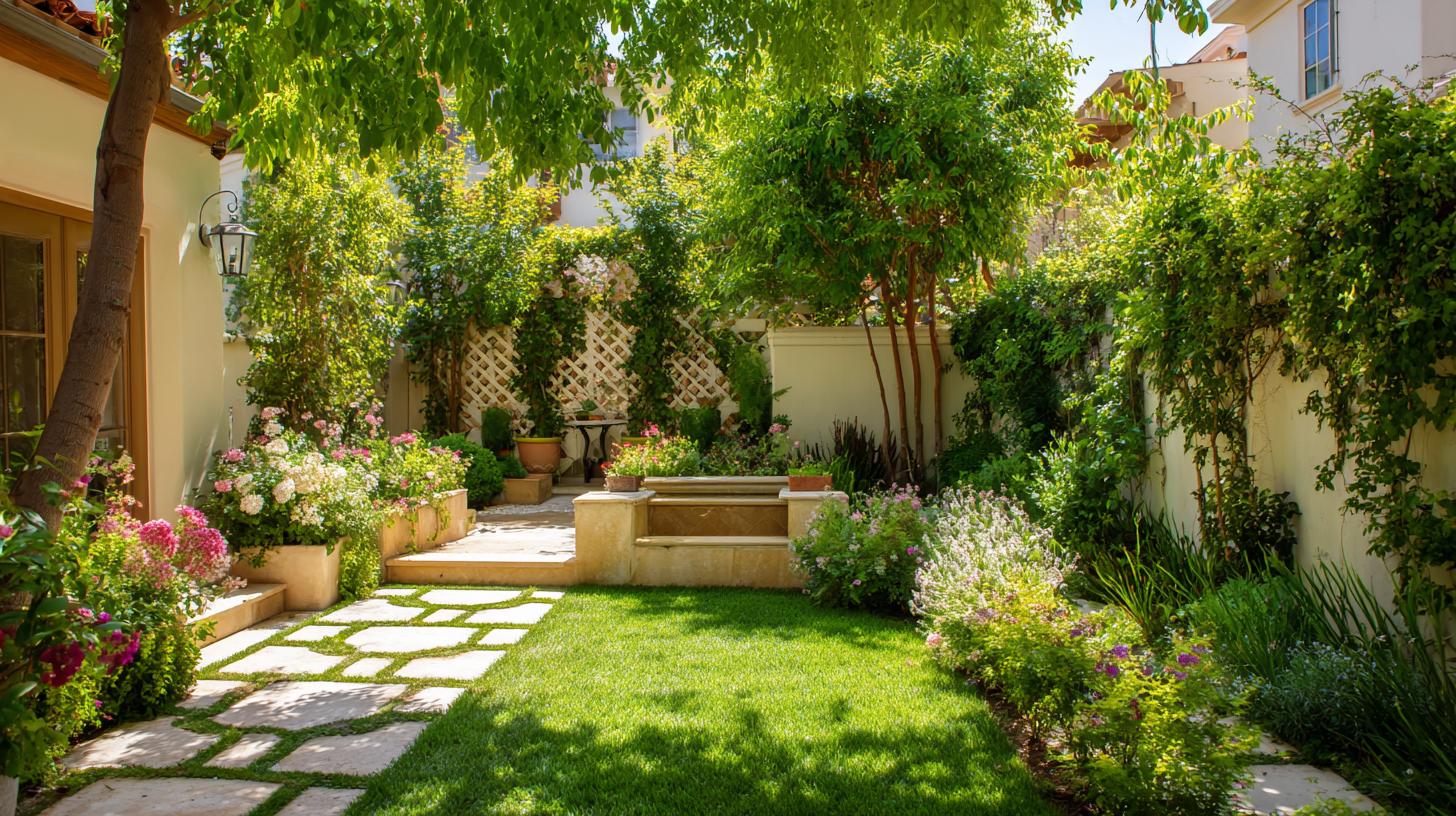
When choosing the right courtyard sprinkler, it's essential to assess your garden's irrigation needs by considering factors such as size and plant types. The size of your garden directly influences not only the type of sprinkler system you should install but also the efficiency of water usage. Larger gardens may require a more complex sprinkler system to ensure even coverage, while smaller spaces might benefit from simpler, more focused irrigation solutions. Understanding the layout and dimensions of your garden helps in planning the positioning of the sprinklers for optimal water distribution.
Furthermore, the diversity of plant types in your garden plays a critical role in your irrigation strategy. Different plants have varying water requirements; some may thrive with minimal irrigation, while others necessitate consistent moisture. Climate change is exacerbating water insecurity, making it vital to customize your irrigation approach based on the specific needs of your plants. By evaluating these factors, you can create a sustainable garden oasis that not only conserves water but also supports healthy plant growth, helping to combat the challenges posed by climate fluctuations.
| Garden Size (sq ft) | Plant Types | Recommended Sprinkler Type | Watering Frequency (per week) | Size of Sprinkler (GPM) |
|---|---|---|---|---|
| 500 | Flower Beds | Oscillating Sprinkler | 2 | 2.5 |
| 1000 | Vegetable Garden | Drip Irrigation | 3 | 4.0 |
| 1500 | Shrubs and Hedges | Stationary Sprinkler | 1 | 5.0 |
| 2000 | Lawn | Rotary Nozzle Sprinkler | 2 | 6.5 |
When considering the perfect courtyard sprinkler system, it's essential to analyze various options available in the market. A recent industry report by the Irrigation Association indicates that homeowners are increasingly opting for smart irrigation systems, which can reduce water usage by up to 30% compared to traditional methods. These advanced systems utilize weather data and plant requirements to optimize watering schedules, offering both convenience and sustainability.
In addition to smart systems, drip irrigation is gaining traction for its efficiency in targeting plant roots directly, minimizing water waste. According to a study published in the Journal of Irrigation Science, drip irrigation can save up to 50% more water than conventional sprinklers. This method is particularly beneficial for gardens with diverse plant species that require different moisture levels. Conducting a comparative analysis of these options will help you select the right system that not only meets your garden's needs but also promotes responsible water conservation practices.
When selecting the right courtyard sprinkler, several factors play a crucial role in determining its efficiency and coverage. Firstly, the size and shape of your garden are paramount. A well-planned layout ensures that each plant receives adequate water without wastage. For larger, irregularly shaped gardens, a rotating or oscillating sprinkler may provide a more uniform distribution of water. Conversely, smaller, rectangular spaces might benefit from stationary sprayers that focus on specific areas.
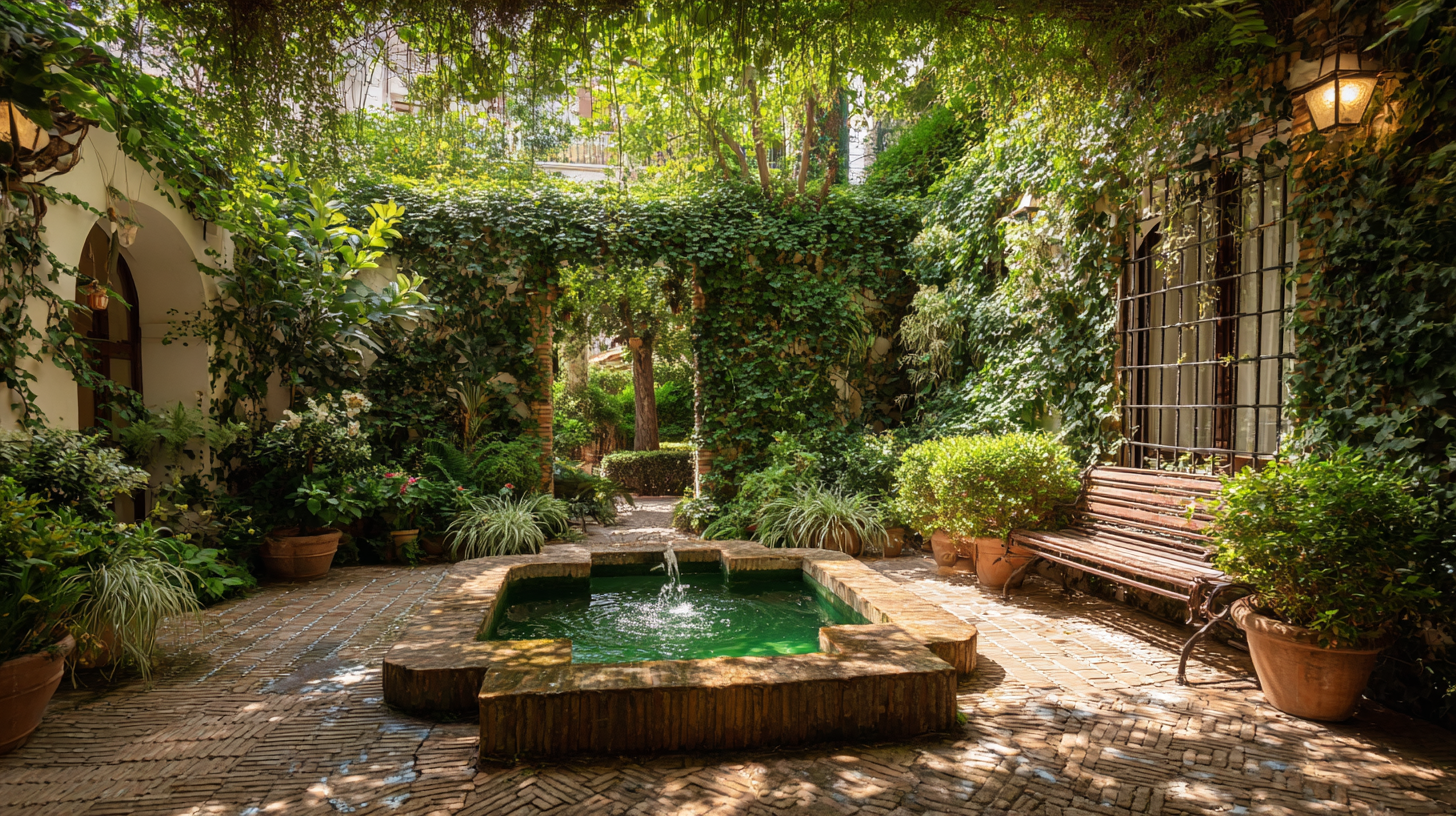
Another important consideration is water pressure. Sprinklers operate optimally within specific pressure ranges, impacting their performance. If water pressure is too low, the sprinkler may underperform, resulting in uneven coverage. Conversely, excessive pressure can lead to misting, reducing the effectiveness of water application. Additionally, the type of nozzle used can significantly influence water dispersion. For instance, adjustable nozzles allow for customization based on plant needs, ensuring that all areas of the garden receive adequate hydration.
Making informed choices based on these factors will enhance the utility of your courtyard sprinkler, transforming your garden into a thriving oasis.
When considering the installation of a courtyard sprinkler system, it's essential to analyze the associated costs thoroughly. This includes not only the initial investment for purchasing and installing the sprinklers but also ongoing maintenance expenses. Effective budgeting can help homeowners avoid unexpected financial burdens in the future. Industry insights suggest that proper planning can significantly reduce costs, especially if homeowners opt for specific sprinkler types that cater to their garden's unique requirements.
Additionally, leveraging innovative technologies can enhance the efficiency of sprinkler systems, thus lowering water usage and minimizing costs over time. Options such as smart controllers and sensors can optimize irrigation schedules, ensuring that water is used where and when it is needed most. Understanding the long-term financial implications of these investments is crucial, particularly when considering how they can contribute to sustainable and resilient garden management. As agricultural practices increasingly prioritize sustainability, incorporating similar principles into home gardening can not only enhance aesthetics but also promote environmental stewardship.
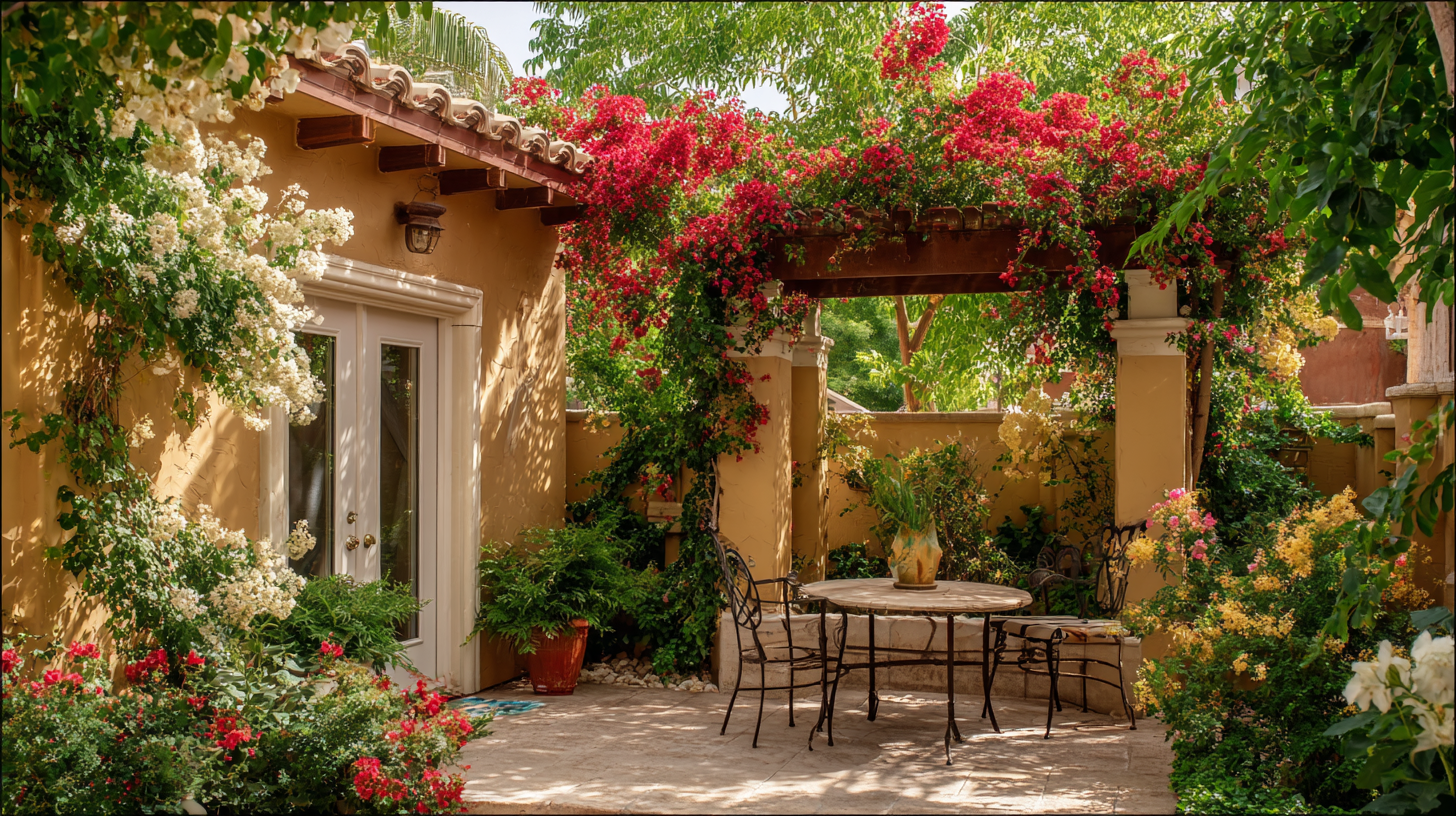
Choosing the right courtyard sprinkler is essential for maintaining a lush garden while prioritizing water conservation. Eco-friendly sprinklers are designed to minimize waste and effectively distribute water where it’s needed most. When selecting a sprinkler, look for models equipped with features such as timers, moisture sensors, and adjustable spray patterns. These functionalities not only enhance efficiency but also align with industry standards that promote sustainable practices in home gardening.
Implementing these water-saving technologies can significantly reduce your water bill and contribute to environmental preservation. Opt for drip irrigation systems or soaker hoses that deliver water directly to the roots, ensuring that your plants receive optimal hydration without runoff. Additionally, some modern sprinklers allow integration with smart home systems, enabling you to control watering schedules based on weather conditions. By understanding and applying these eco-friendly practices, you can transform your garden oasis into a sustainable haven that thrives while conserving precious water resources.
